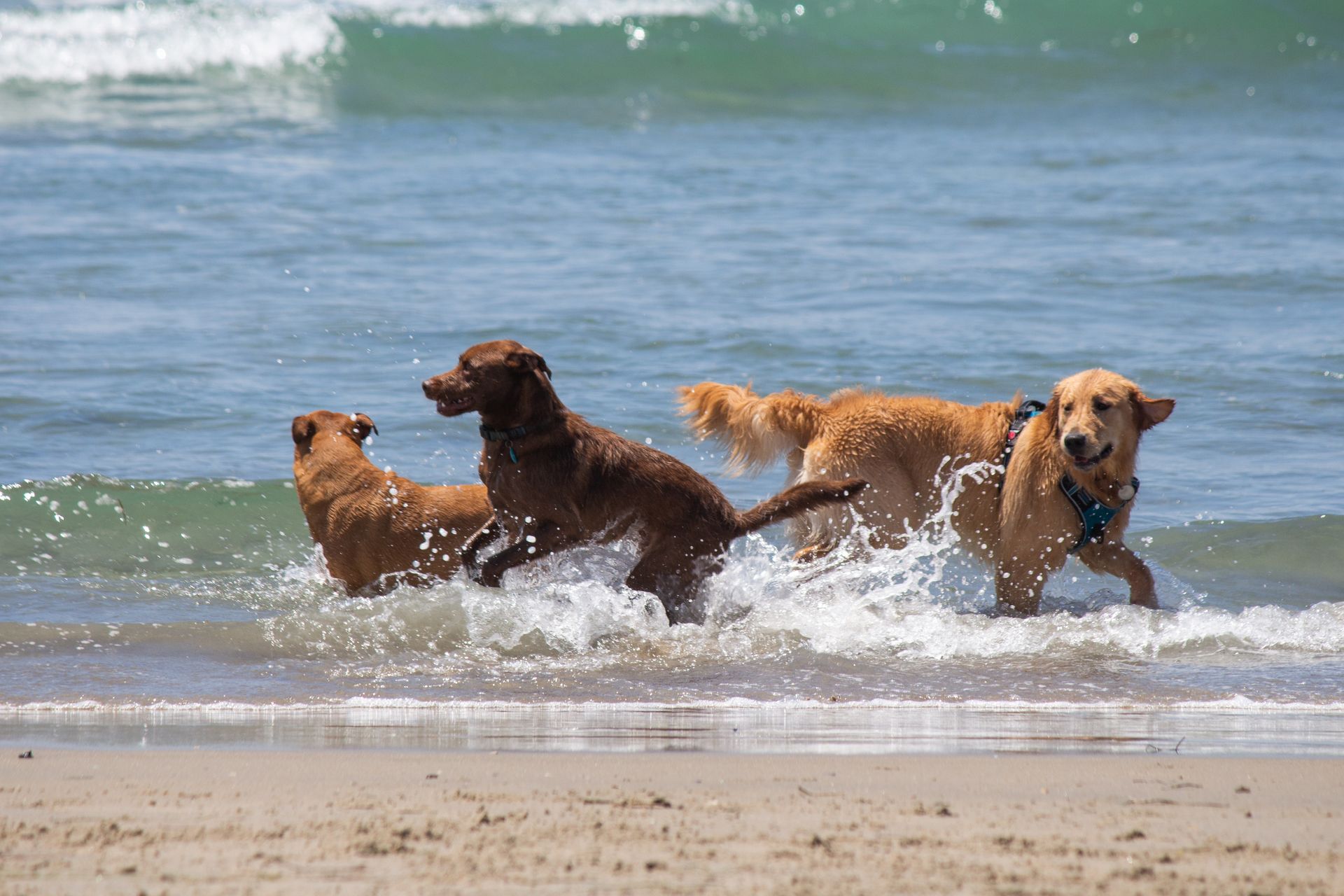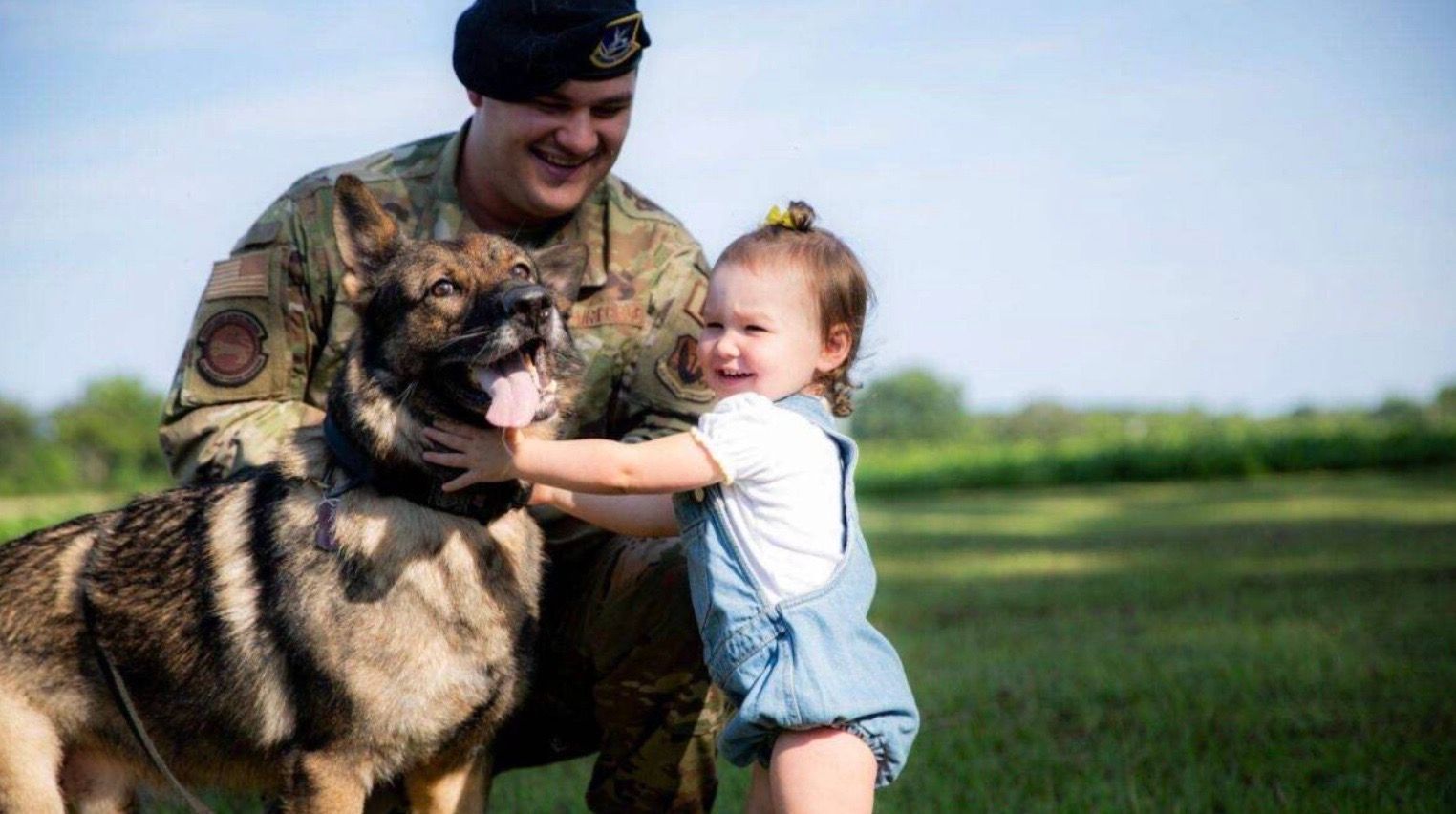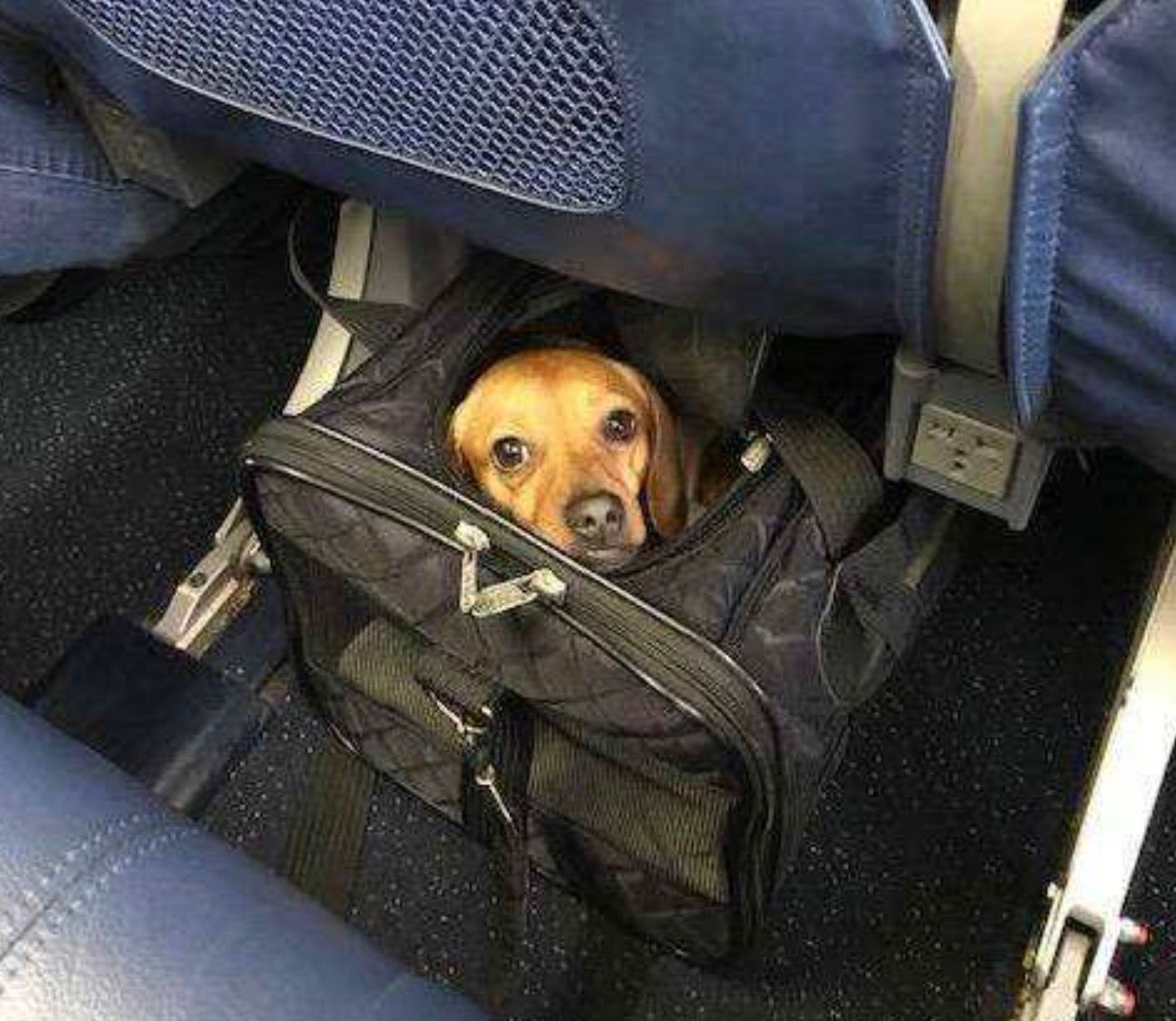The Ultimate Guide to Relocating Your Pet to Howaii
Introduction to Hawaii's Pet Import
With its pristine beaches, vibrant culture, and breathtaking landscapes, Hawaii is a paradise for both residents and visitors alike. However, this tropical haven's picturesque setting is responsible for protecting its unique ecosystem from potential threats. One such concern is maintaining Hawaii's coveted rabies-free status, which has been diligently guarded for several years.
To uphold this distinction, the state enforces stringent pet import regulations to prevent the introduction of rabies and other harmful diseases onto the islands. These regulations ensure that every pet entering Hawaii, whether permanent or temporary, undergoes a detailed process to ensure compliance with the necessary health and safety standards.
Navigating Hawaii's pet import regulations may seem overwhelming initially, but pet owners and prospective visitors alike must familiarize themselves with these rules and procedures. Being aware of the requirements will not only prevent unnecessary delays and complications but also contribute to preserving the unique fauna and flora characteristic of the Hawaiian islands.
In the following sections, we delve into the intricate details of Hawaii's pet import regulations, shedding light on the specific criteria that must be met. We will discuss the necessary documentation, health examinations, and quarantine procedures that pets must undergo before being granted entry to the island. Additionally, we will explore the resources available to pet owners and travelers to ensure a smooth and stress-free journey for them and their beloved furry companions.
By equipping ourselves with knowledge and adhering to the established guidelines, we can protect Hawaii's precious ecosystem while continuing to enjoy the bond between humans and their pets. Let us now delve into the specifics of Hawaii's pet import regulations and understand the significance of compliance for a seamless transition.
Hawaii Quarantine Law
The quarantine law safeguards both residents and pets from rabies. Compliance with these laws ensures your pet can join you swiftly upon arrival.

Navigating the 5-Day Or Less Quarantine Program
Recent Regulation Updates
Hawaii's quarantine program for pets, designed to protect the island state from the introduction of rabies, has undergone significant updates aimed at streamlining the process for pet owners. The "5-Day Or Less Quarantine Program," a component of Hawaii's rabies prevention system, has seen two major changes to its regulations, worth noting for those planning to bring their pets to Hawaii.
Firstly, the Rabies Titer Test, also known as the OIE-FAVN test, is crucial for determining whether an animal's rabies vaccination has provided an adequate immune response. Previously, a pet was required to wait 120 days after a successful test before entering Hawaii. This waiting period was an additional safeguard to ensure that animals did not carry the rabies virus into the state. However, recognizing the need to make pet relocation more manageable, the Hawaii Department of Agriculture has now reduced this waiting period to 30 days. This change significantly shortens the preparatory time required for pet relocation and can be especially beneficial for pet owners who need to move on short notice.
Additionally, Hawaii has amended the waiting period for the second rabies vaccination requirement. In the past, a second rabies vaccine had to be administered at least 90 days before arrival in Hawaii. This regulation ensured that pets had ample time to build up immunity. The revised regulation now allows this second vaccination to be given at least 30 days before arrival. This amendment further simplifies the process by allowing pet owners to complete their pet's vaccination schedule closer to their departure date without compromising safety protocols.
These updated regulations make it easier and faster for pets to qualify for the "5-Day Or Less Quarantine Program." Under this program, pets that meet specific pre-arrival requirements can be released to their owners in under a week rather than undergoing the full 120-dav quarantine previously mandated.
To take advantage of these updated regulations, pet owners should work closely with their veterinarian to ensure all vaccinations are up-to-date and appropriately documented. Additionally, they must submit all required paperwork within the specified time frames, as failure to do so could result in extended quarantine for their pets upon arrival in Hawaii.
The new regulations reflect Hawaii's commitment to maintaining its rabies-free status while also accommodating the needs of pet owners and reducing the time pets need to spend in quarantine. Pet owners looking to move with their furry friends will find these updates a welcome change that eases the challenges of pet relocation.
Enhanced Pre-Arrival Requirements for Shipping Pets to Hawaii
Comprehensive Rabies Vaccination Protocol
It is critical to adhere to the state's stringent rabies vaccination requirements to ensure a safe and compliant journey for your pet to Hawaii. Your pet must be administered two separate rabies vaccinations. The initial dose serves as the base of immunity.
Following this, a subsequent booster shot is mandatory; this booster must be administered at least 30 days after the initial vaccine, establishing a reinforced level of protection. Crucially, the booster shot must be given more than 30 days before you arrive in Hawaii but should also be within the vaccine's valid duration as specified by the manufacturer. This timeframe ensures an adequate period for the immunity to solidify while meeting the state's health entry standards.
Detailed Rabies Titer Blood Test Specifications
Before relocating your pet to Hawaii, a rabies titer blood test is an indispensable requirement that verifies your pet's immunization level against rabies. To proceed with this test, ensure that your pet has a microchip implanted for identification purposes; this microchip must be in place before the blood sample is drawn. The blood test timing is also paramount - it should be conducted no less than 30 days following the rabies vaccination to allow for accurate detection of antibodies. It must fall within 36 months before your pet arrives in Hawaii. The results of this test must exhibit an antibody level greater than or equal to 0.5 IU/mL, which is the minimum protective threshold recognized by Hawaiian authorities.
Expanded Parasite Treatment Guidelines
Hawaii's ecosystem is delicate, and specific entry requirements concerning parasite prevention are enforced to protect it. Within 14 days before your pet's arrival, an approved tick prevention treatment must be applied or administered. It is essential to verify that the product used complies with Hawaii's approved standards; not all tick treatments available on the market might meet these criteria. This precautionary measure helps prevent the introduction of external parasites that could potentially harm local wildlife and other animals. Please consult your veterinarian to choose an appropriate treatment and confirm its efficacy aligns with the state's regulatory expectations.
Procedures Upon Arrival in Honolulu
Inspection Hours for Pets
Pets arriving at the Honolulu airport are subject to inspections, which are available between 8:00 a.m. and 5:00 p.m. daily. To ensure that your pet can be released on the same day, your flight must arrive no later than 3:30 p.m. Arrivals after this time may result in your pet being held overnight, as inspections are not conducted outside these hours.
Guidelines for Direct Airport Release
To streamline the process of direct airport release, it is essential to submit all required documentation well before your travel date. The documentation should be complete and accurate to avoid any delays. Additionally, when booking connecting flights, allow enough time for the inspection without rushing.
Requirements for Neighbor Island Pet Arrivals
Securing a Neighbor Island Inspection Permit
Obtaining a Neighbor Island Inspection Permit (NIIP) is compulsory for pets arriving directly on neighboring islands. This permit must be applied for and received well before your travel date. Ensure that all the necessary documents are submitted according to the requirements for the permit to be granted.
Partner Veterinary Hospitals
To facilitate the inspection process on neighboring islands, you should contact a veterinary hospital that Hawaii's quarantine officials approve. Schedule an inspection and confirm an appointment for your pet's direct airport release upon arrival.
Military Family Assistance for PCS Orders to Oahu
Airline Transport Options for Pets
Families with Permanent Change of Station (PCS) orders to Oahu should know that airlines have specific breed and crate size restrictions for pet transport. It is advisable to provide detailed information about your pet, including breed, size, and any special needs, to the military assistance team, which can help with flight arrangements and offer cost estimates.
Resident Pets and Re-Entry Procedures
Preparing Resident Pets for Return to Hawaii
Hawaii residents returning with pets should follow a detailed checklist to prepare their pets for re-entry. This checklist is designed to minimize the risk of extended quarantine and ensure a smooth re-entry process for your pet.
Re-Entry Fee Structure
There may be reduced fees applicable for pets that have previously been in quarantine and are re-entering Hawaii. To take advantage of these reduced fees, pet owners should familiarize themselves with the specific requirements and ensure they meet all eligibility criteria.
Direct Release at Neighbor Island Airports
Obtaining a Neighbor Island Inspection Permit (NIP)
For direct release at select neighbor island airports, securing an NIP is mandatory. This permit allows for a more expedited inspection process upon arrival. Obtaining this permit before your travel date is crucial to avoid any complications or delays in releasing your pet.











